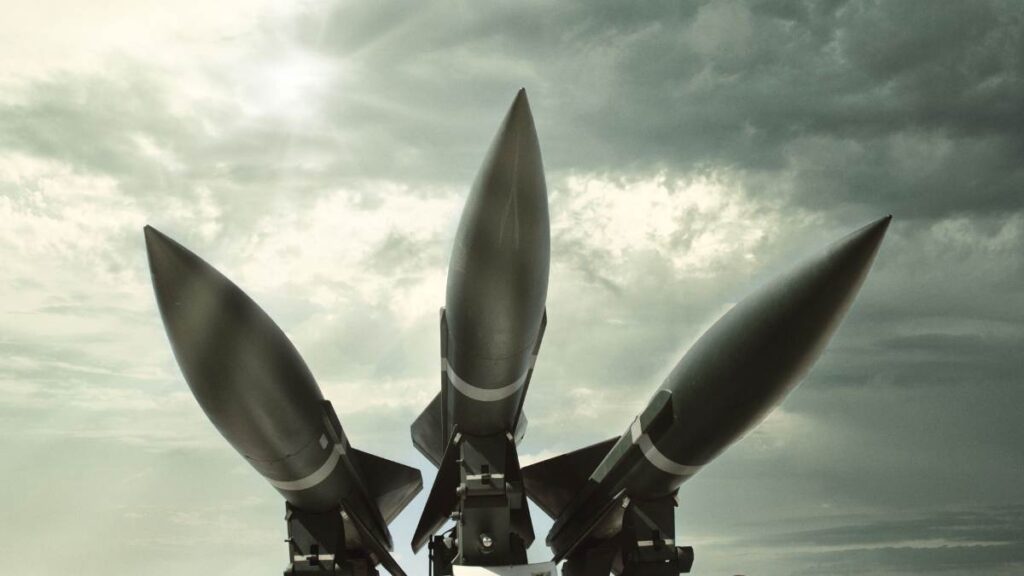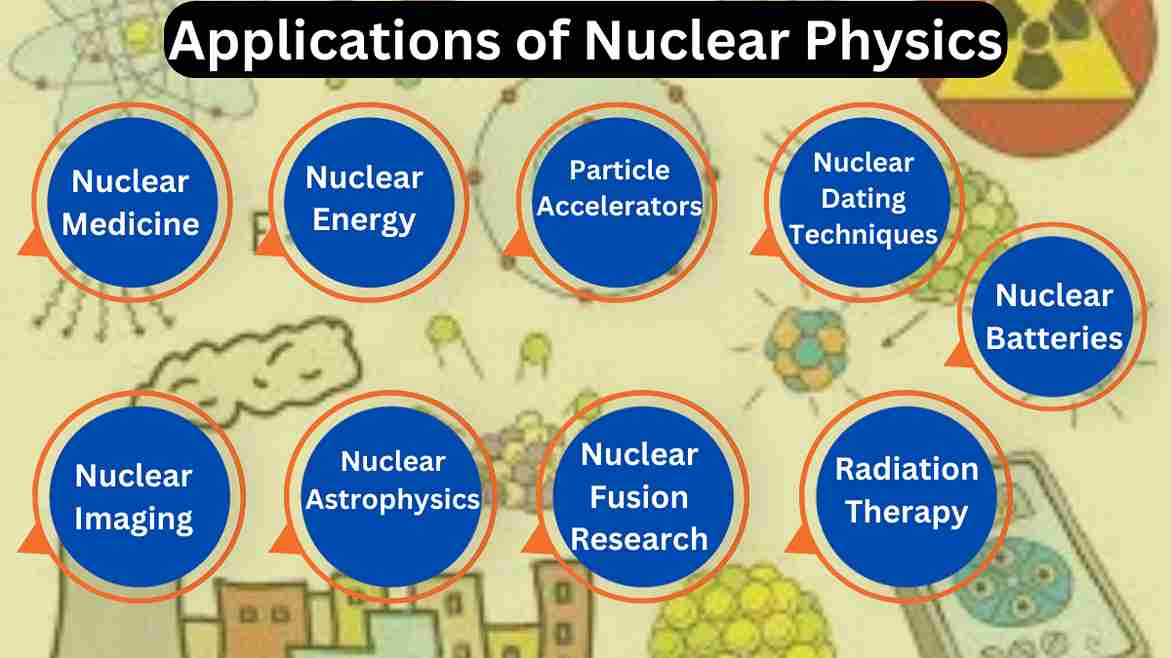How Accurate Are Modern ICBMs?
Intercontinental ballistic missiles (ICBMs) are long-range missiles that can travel thousands of miles to deliver nuclear warheads. They were first developed in the 1950s during the Cold War, and have since evolved significantly in terms of their accuracy, range, and payload.
Intercontinental Ballistic Missiles (ICBMs) are an essential component of a nation’s nuclear deterrent strategy. The accuracy of ICBMs is a critical factor in ensuring the effectiveness of nuclear deterrence.

Deterrence is the ability of a country to prevent another country from attacking it by threatening to retaliate with overwhelming force. If an ICBM is not accurate enough to hit its target, then it cannot be used as a deterrent.
Evolution of ICBMs
The history of intercontinental ballistic missiles (ICBMs) dates back to the mid-20th century. Early developments were made during World War II and the Cold War, and significant advancements have been made in the field of guidance systems over the years, leading to improved accuracy in modern ICBMs.
Accuracy and Precision in ICBMs
The accuracy of an ICBM refers to its ability to hit a specific target with precision. This is typically measured using a metric known as Circular Error Probable (CEP), which represents the radius within which 50% of the missile’s warheads are expected to impact. Factors such as navigation systems, propulsion, and external influences impact the CEP of ICBMs, making accuracy a complex challenge.
Modern ICBMs and Precision Technologies
Modern ICBMs employ sophisticated guidance systems to enhance their accuracy. Inertial guidance systems use internal accelerometers and gyroscopes to calculate the missile’s position and make adjustments during flight. Additionally, Global Positioning System (GPS) and satellite-based navigation provide precise location data to ensure accurate targeting.
Accuracy of Leading ICBMs
Leading nuclear powers possess advanced ICBMs with varying degrees of accuracy. Some missiles can achieve astonishingly small CEP values, allowing them to target specific military assets with high confidence. Comparative case studies can shed light on the capabilities of different missile systems.
Challenges in Maintaining Accuracy
Maintaining accuracy in ICBMs is a complex task due to various factors, including atmospheric conditions, reentry dynamics, and potential countermeasures such as decoys. Engineers and scientists continually strive to overcome these challenges to improve the reliability of ICBMs.
The Impact of Accuracy on Nuclear Deterrence
The accuracy of ICBMs plays a crucial role in the credibility of a nation’s nuclear deterrent. A highly accurate missile force increases the likelihood of successfully striking intended targets, reinforcing the concept of mutually assured destruction (MAD) and deterring potential aggressors.
The Role of ICBM Accuracy in Nuclear Strategy
ICBM accuracy influences a nation’s nuclear strategy, particularly concerning first-strike and second-strike capabilities. The ability to launch a retaliatory strike even after absorbing a devastating attack bolsters a country’s overall security posture.
Future Trends and Developments
The future of ICBMs involves further advancements in precision technologies. Hypersonic ICBMs capable of reaching incredible speeds pose new challenges and opportunities. Additionally, the integration of artificial intelligence and machine learning may revolutionize guidance and targeting systems.

 written by
written by 





Leave a Reply